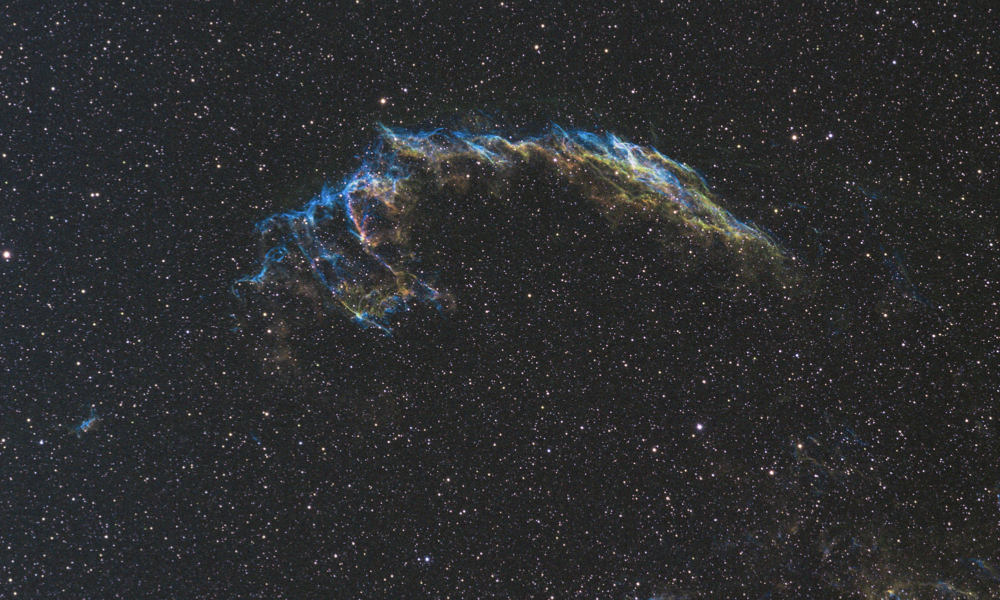
PROJECT TITLE: Investigation of semiconductor oxide materials performance for space environment applications – MATSPACE
Coordinator: National Institute for Research and Development in Microtechnologies-IMT Bucharest
Partners:
- National Institute of Materials Physics-NIMP
- European Business Innovation and Research
Period: 29 November 2013 – 15 December 2015
Project director: Dr. Rodica Plugaru, senior researcher CSI
Project team: WP1 /19 PM, WP2/53 PM, WP3/21PM, WP4/29PM
Working groups from CO and P1 comprise key researchers with recognized expertise and publications in the field of physics, chemistry, materials engineering and electrical engineering.
Working group from P2-EBIC S.A. includes engineers with expertise in aeronautical equipment.
Description: Space radiation effects on emerging electronic materials are investigated in order to increase radiation hardness of future electronics. Such devices are expected to provide assurance capabilities for the systems in space applications.
Space radiation environment:
– ionizing radiation (high energy ions, ~ MeV);
– electromagnetic radiation (from solar flares);
– particles trapped by the Earth magnetic field (Van Allen belt).
The project focuses on ZnO based materials, including thin films andnanostructured arrays for advanced nanoelectronics, optoelectronics, transparent
electronics, UV high performance photodetectors, solar cells, sensors.
Essentially, the effects of various radiation fields on ZnO based materials are scarcely characterized.
Project objectives:
- Obtaining doped films and nanostructured arrays with potential for ZnO based electronics.
- A comprehensive characterization of the defects in as-grown films and nanostructures. Optical and electrical properties characterization.
- Exposure of the materials and demonstrators to radiations in conditions similar to space environment.
- A comprehensive characterization of the defects produced by radiation and effects on the optical and electrical properties.
- Assessment of optimized demonstrators performance.
Activities:
- Phase I (Year I, 1 month). Methodology for the synthesis, processing, radiation testing and characterization of semiconductor oxide materials. Defining a strategy particularly designed for radiation-effects testing of semiconductor oxides materials.
- Phase II (Year II, 12 months). Synthesis, exposure to radiation fields, characterization, atomistic and numerical modeling of semiconductor oxide materials. Experimental and fundamental approaching the mechanisms of radiation interaction with materials.
- Phase III (Year III, 12 months). Evaluation of micro-nano structural, electrical and optical functionality domains of semiconductor oxide materials exposed to radiation fields by correlated analysis of the experimental results with atomistic and numerical modeling. Advanced semiconductor oxide materials with improved hardness to radiation and functionality in space environment.
Contributions to the STAR programme objectives:
The project’s results will contribute to fulfilling the specific objectives of the Research, Development and Innovation programme Space technology and advanced research, namely the development of technologies, system, sensors and equipment for space applications and foresees the priority domains optical detectors and solar cells for ESA missions.
The project results will bring contributions to evaluation of the radiation response of candidate materials and devices for space applications.
Homepage: MATSPACE
